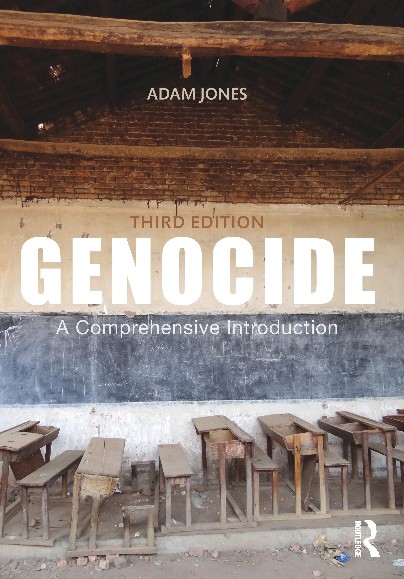 |
| "A child amid the ghastly debris of the 1994 Rwandan genocide. The bodies of four hundred Tutsis were found at this church in Ntarama." (Getty Images) |
Making Plans to Stop Mass Murder
By Nathan Hodge
The Wall Street Journal, May 10, 2011
"Harvard professor Sarah Sewall has pushed the Pentagon to have a plan on the shelf for responding to mass atrocities, ethnic cleansing and genocide. Now, with Libya as a backdrop, her efforts are beginning to bear fruit. The U.S. has launched a high-level initiative to make the military more ready and able to respond to potential mass killings. A senior Department of Defense official said the project, which is at an early stage, would help develop 'a complete set of options that the leadership can consider in the preventive area before it comes to sending in the military, or not sending in the military.' Since 2007, Prof. Sewall has led a tight-knit group of academics, policy makers and military officers lobbying the Pentagon to embrace a handbook that details, step by step, the options for sending in the cavalry to protect civilians. She and her allies are pitching the plan at conferences, in war games and at military headquarters, urging the U.S. to incorporate the lexicon and principles of genocide prevention into military planning. The emerging doctrine is a blueprint for an interventionist foreign policy that places such ideas as 'responsibility to protect' on a par with the principles of realpolitik. It falls within a broader debate in international politics, and at the United Nations, about balancing state sovereignty with the desire to protect civilians. But on the definition of an atrocity, the atrocity handbook is agnostic, leaving it up to government leaders to decide how much killing is too much. According to the foreword, the document 'is concerned with answering the "how," not the "whether."' As with the classic definition of pornography, users of the handbook are expected to know genocide when they see it. In theory, the handbook can be pulled off the shelf, offering what are presented as formulas for thinking about the use of military force: when to step up peacekeeping and monitoring of a volatile situation; when to position forces as a deterrent or begin enforcing a no-fly zone; when to go in heavy with ground forces, pursuing and arresting war criminals. It even provides the organizational charts for an anti-genocide task force, which could be scaled from a modest intervention of 2,000 troops to a contingent of 25,000. [...]"
[n.b. Thanks to Jill Mitchell for bringing this source to my attention.]














No comments:
Post a Comment
Please be constructive in your comments. - AJ